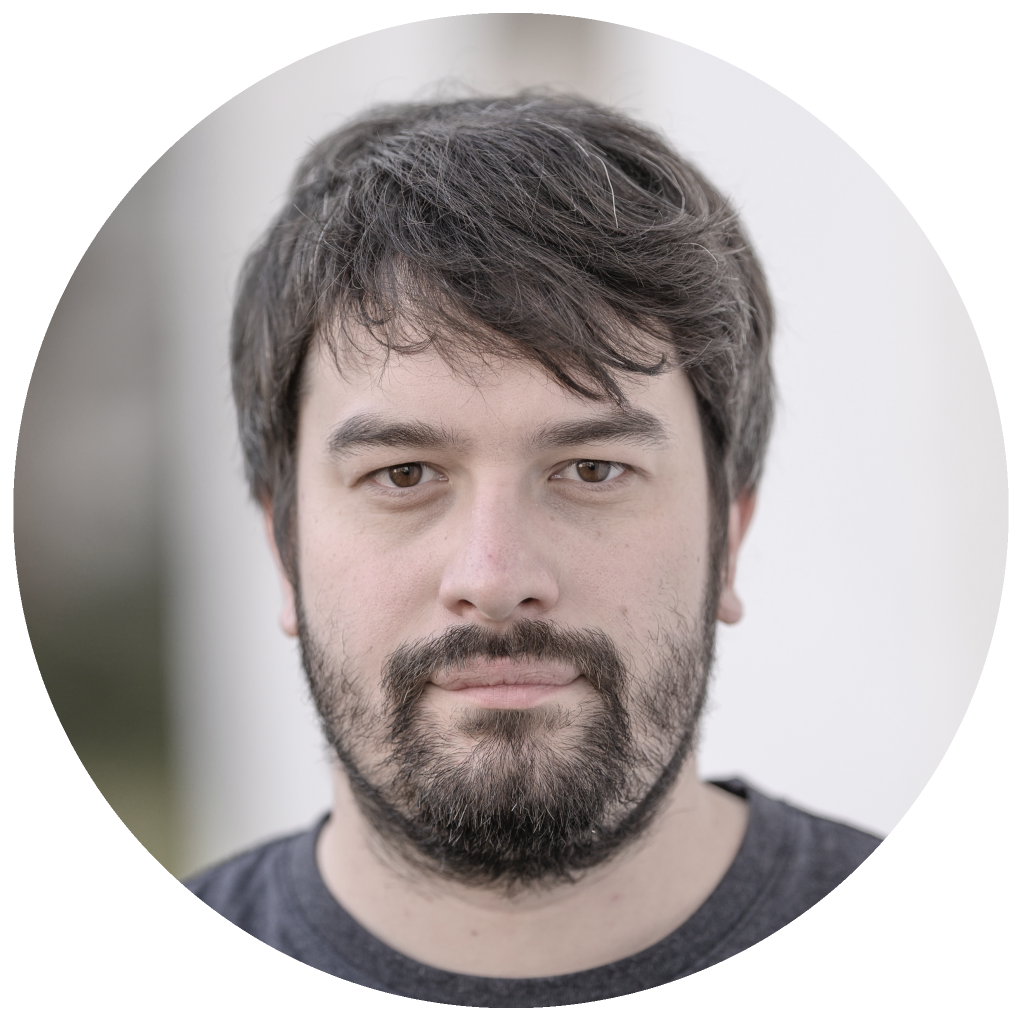

Latest posts
A deep dive into vector data cubes in Python
Yesterday we kickstarted the ESA’s Living Planet Symposium with the a workshop on vector data cubes using Xvec package built on top of Xarray, Shapely and GeoPandas. If you did not manage to be there but are still interested, the workshop material is available below. The workshop covered the concept of VDC using both coordinate geometry and variable geometry with applications (and a combination of the two) using real-world data and use cases....
Simplification of street networks
I have been working with street networks for a long time. My first analysis will date probably back to 2017 or so. Most of those focused on the same aspect - understanding the morphology. Yet, practically none of the networks I was able to obtain reflected morphology directly. Rather, they captured transportation networks, with all the detailed intersections, every tiny roundabout, slipway, double carriageway, and so on. Which is pretty annoying when you are interested in a representation of space, not of traffic lines....
Urban Morphology with Python: City Structure as Predictor and Target
During GISRUK 2025, organised in April 2025 at the University of Bristol, I had an opportunity to deliver a workshop on urban morphometrics, titled Urban Morphology with Python: City Structure as Predictor and Target. Workshop materials The workshop has not been recorded but the material is openly available on the link above.
GeoPandas 1.0 and beyond
The recorrding of a talk delivered during the GeoPython 2024 together with Joris Van den Bossche. GeoPandas is one of the core packages in the Python ecosystem to work with geospatial vector data and has recently released its first major version - 1.0. This talk will give an overview of recent developments in GeoPandas and the broader ecosystem and provide an outlook on where it is heading. GeoPandas is one of the core packages in the Python ecosystem to work with geospatial vector data....
Getting the most out of GeoPandas 1.0
The workshop organised during the GeoPython 2024 together with Joris Van den Bossche. After 10 years since the first release, GeoPandas reached version 1.0. This workshop will showcase how to get the most out of the recent enhancements and develop a code ready for 2024 and beyond. GeoPandas is one of the core components of the GeoPython ecosystem, providing the critical infrastructure to work with vector spatial data, usually reserved for the context of GIS, in Python....
A brief introduction to Spatial Data Science
A recording of the online workshop entitled “A Brief Introduction to Spatial Data Science” delivered during the UrbanMetaMapping conference in Saarbrücken on September 13th 2024. The repository with the notebook used in the workshop is available from https://github.com/martinfleis/saarbrucken-workshop. Video
The emergent structure of cities
The recording of a keynote entitled ‘The emergent structure of cities’ delivered during the UrbanMetaMapping conference in Saarbrücken on September 12th 2024. The slides are available at the US CUNI website. Video
GeoPandas 1.0 is out!
We have released GeoPandas 1.0! Yes, I am excited and a bit relieved as it took a bit longer than expected. Anyway, it’s out and we’re waiting to hear what we broke 🙃. It is a major milestone for GeoPandas, not only in a semantic sense, but it literally closes a long development cycle. If you have been following the ecosystem for a while, you might know the story, but it is worth refreshing your memories....
Getting the most out of GeoPandas 1.0
After 10 years since the first release, GeoPandas reached version 1.0. This workshop will showcase how to get the most out of the recent enhancements and develop a code ready for 2024 and beyond. Workshop resources are available on Github. Annotation GeoPandas is one of the core components of the GeoPython ecosystem, providing the critical infrastructure to work with vector spatial data, usually reserved for the context of GIS, in Python....
GeoPandas 1.0 is coming. What will change?
The GeoPandas team is racing towards the 1.0 release, nearly 10 years after 0.1 made it to PyPI. As with any major release, it brings some changes. This post highlights those I feel are the most important and invites you to test the 1.0.0-alpha1 and later rc versions before we let the stable version fly to the world. Please test! As of today, GeoPandas 1.0 is out as a pre-release 1....